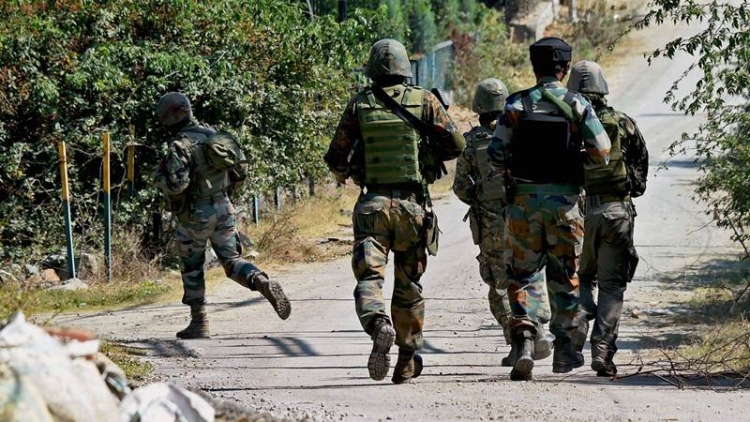
2 weeks and counting: The arduous Poonch ops explained
The security forces have lost 9 men, but there’s little progress in flushing out militants from the region in J&K located close to the LoC

The Poonch encounter in Jammu & Kashmir, which has just completed 15 days, is said to be the Indian armed forces’ longest ever against militants since the Hilkaka incident of 2003. The encounter, which began in the Rajouri-Poonch district of Jammu on October 10, has left nine soldiers, including two junior commissioned officers (JCO), martyred till date across two separate ambushes.
Per media reports, the Army began its search operation in Poonch to flush out militants in August. Its first contact with militants took place on the night of October 10, and it immediately resulted in the death of five soldiers.
While the killing of civilians — mostly migrants — in the Valley is certainly adding to the Army’s woes in J&K, the Poonch operation by itself is proving rather long-drawn out and arduous. Why is it proving so difficult to surmount for the military?
What’s causing concern
Among the key factors, little clarity has emerged on how many militants are hiding in the area. The terrorists have been firing and withdrawing into the dense forests intermittently. On Sunday, one terrorist allegedly associated with proscribed terror outfit Lashkar-e-Toiba (LeT) was killed in an encounter.
Also read: Bunkers and boots back on Srinagar streets in wake of targeted killings
But mostly, the militants are yet to be sighted. There’s not much detail on how exactly they are operating, either — whether there’s just one group or several such. It is not even known if they are still there, or have escaped, media reports indicate.
The inclement weather, rough terrain with visibility rendered low by the thick foliage —4 km from the Line of Control (LoC) — is not making the operations any easier. Drone and helicopters are being deployed, but all that the Army has gathered till now is that the militants are well trained, and loaded with ammunition.
Local support suspected
What the establishment is particularly worried about is that the Poonch area had been mostly militant-free for nearly two decades. The sudden cropping up of militants in the area, and their ability to remain undetected, may be indicative of local support, it is feared.
Last week, security forces destroyed two suspected improvised explosive devices (IEDs) in the Bhatta Durrian forest of Mendhar. The locals were advised to stay home as the troops advanced into the dense forest.
Eight men and two women were reportedly detained for questioning, as they were alleged to have provided the militants with food, shelter and other logistic support. The results are not known yet.
Media reports said the insurgency may have links to the recent Taliban takeover of Afghanistan. There has been a change in mood in the Valley since then, which again could pose a challenge to India’s security operations.

